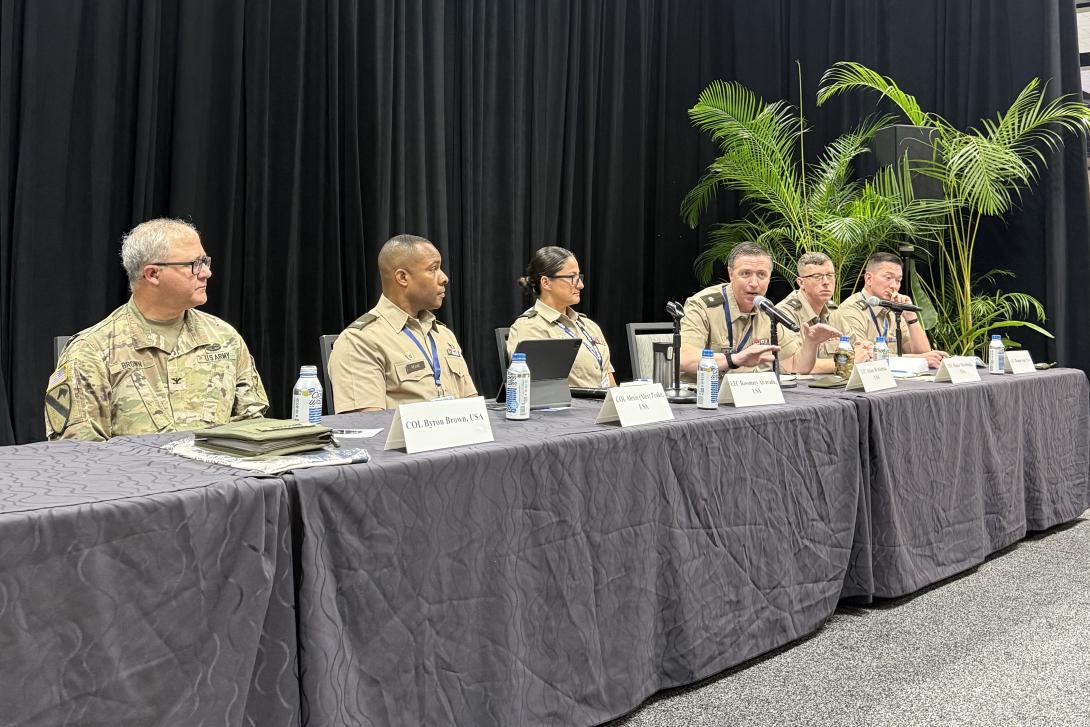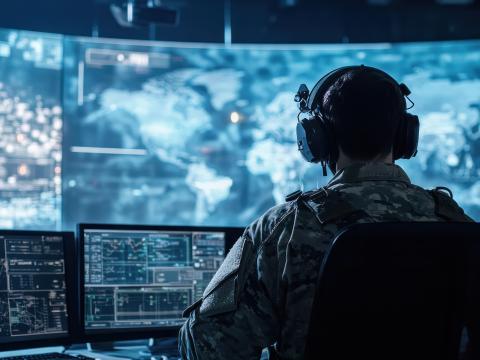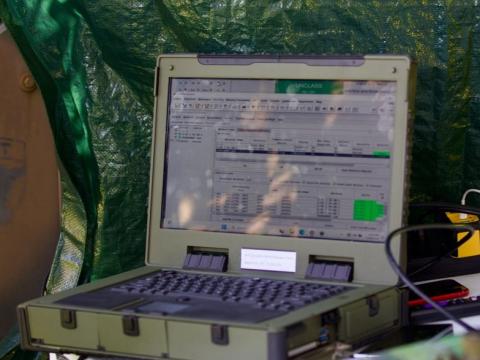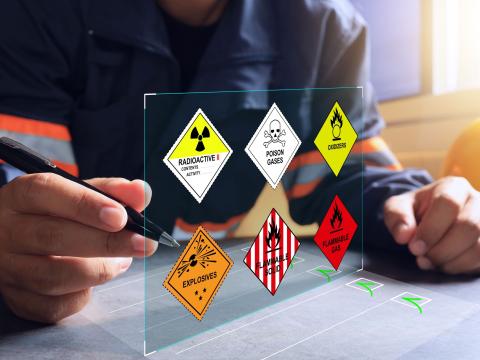U.S. Army Identifies Possible Work-Arounds To Avoid the Tyranny of Distance
When soldiers are stationed or completing missions far away from the homeland, many problems can arise that make their lives and jobs harder. To help alleviate those hardships, U.S. Army officials identified ways to address the challenges that come with conducting operations far from home.
One lieutenant colonel advised that soldiers should adhere to the four P's: presence, partnership, persistence and prioritization.
As for presence, Army personnel must be where it matters most, in a position to take part in discussions with the private sector to ensure industry officials know what soldiers need and are able to talk with their superiors, said Lt. Col. Adam Brinkman, director of the G6 in the 25th Infantry Division.
The second P is partnership, and servicemen and women must find a way to manage and spend time with all their partners, whether it is their commanders, comrades or private sector individuals. Building and maintaining these relationships when enduring the tyranny of distance are challenges, according to Brinkman, but soldiers need to stay connected and avoid isolation.
Brinkman also encouraged soldiers to show persistence when it comes to new technologies. Branch personnel must do a better job of getting cutting-edge capabilities past the demo stage, Brinkman urged.
“How are you going to partner with that, and how are you going to have your presence there?” Brinkman asked during a panel at TechNet Indo-Pacific 2025 in Honolulu. “How are you going to make sure that we have the line of evidence [and] the operational discipline to stick with it [and] not just the episodic engagement? And that’s something we have to do better on both sides, both industry and the Department of War.”
Finally, Army leaders must identify and articulate their priorities to the entire force, he said. Transparent and detailed communication allows soldiers of all ranks and echelons to understand the branch’s needs, ideally leading to an expedited acquisition process.
“I have to understand the prioritization from not only the Army, not only my corps headquarters, not only U.S. Army Pacific,” Brinkman said. “There are lots of competing priorities from the time, so as we talk and we engage, make sure we have this conversation about the problem that you’re solving [and] the capability that we’re bringing in.”
Lastly, engineers must create the edge node synchronization capability, according to Col. Alexis Peake, I Corps G6, and Lt. Col. Rossmary Alvarado, assistant chief of staff, G6 in the 8th Theater Sustainment Command.
TechNet Indo-Pacific is organized by AFCEA International and AFCEA Hawaii. SIGNAL Media is the official media of AFCEA International.





Comments